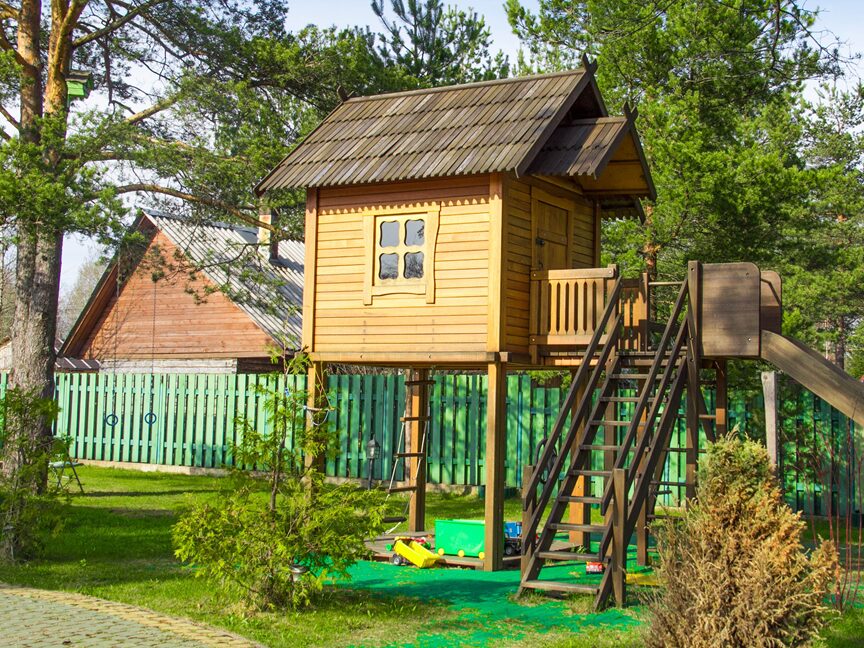Between tariffs and inflation, prices are high and they’re only expected to climb higher. If you’re a homeowner looking to reduce your home’s carbon footprint, you might be leery given the high cost of appliances, services, and other equipment. But you can still improve your home’s energy efficiency without veering off budget. From affordable projects to small habit adjustments, here are seven ways you can make your home greener.
1. Calculate your home’s carbon footprint
Before you can reduce your carbon footprint, you need to know which utilities, appliances, and habits are causing your energy bills to increase your home’s energy output. The Environmental Protection Agency has a carbon footprint calculator you can use to help estimate your home’s output.
Just enter your household size and some details about your heating, cooling, lighting, appliance use, and energy habits. The tool can then help you spot any energy drivers while offering tips on how to reduce them. You can also schedule a professional energy assessment to get a better idea of the energy your home uses and how to reduce it.
Understanding your home’s energy impact can help you take small steps to make it more efficient. This could help boost the value of your home and help you attract potential buyers from younger generations who may be more interested in energy-smart housing. And if you’re thinking about selling your eco-friendly home, working with a 1% commission Realtor can help you save even more money in the process.
2. Switch to LED light bulbs
Swapping out all the light bulbs in your home may feel like a hassle, but it’s a small way to reduce your home’s energy consumption. Don’t forget to swap outdoor bulbs, too.
Best of all, LED lighting can help you save on your electricity bill. The EPA estimates that households that use LED bulbs save an average of $225 on electricity costs each year.
3. Follow the 2-degree rule
If you’re looking for a small way to decrease your home’s carbon footprint without spending a penny, try setting your thermostat 2 degrees higher in the summer and 2 degrees lower in the winter. This small step can make a big impact, without making you or your family uncomfortable during hot or cold weather.
Adjusting your thermostat by 2 degrees can help reduce your home’s carbon footprint by 2,000 pounds of carbon monoxide in one year, according to the Massachusetts Department of Environmental Protection.
4. Install a smart thermostat
Another affordable way to reduce your energy use is by replacing your thermostat with a smart model. A smart thermostat can adjust to your routine, reducing the energy used when you’re not home. Even if you like your home at a certain temperature, most smart thermostats can use artificial intelligence to lower your energy usage without impacting your comfort level. Just like many businesses are using AI to implement marketing strategies, homeowners can use AI to reduce their home’s energy usage.
You can also program smart thermostats to automatically adjust the temperature when you’re at work or on vacation. Not only will your energy usage decrease, but your utility bill should drop, too.
5. Reduce your hot water usage
Using less hot water during the year can also help lower your home’s carbon footprint and your utility bills. There are plenty of ways to do this, including turning off the hot water when you’re scrubbing dishes, opting for cold or cool water in your washing machine, only running the dishwasher when it’s full, or replacing your shower head with a low-flow option.
6. Replace your appliances with energy efficient versions
If you’re looking to replace your dishwasher, washer, dryer, water heater, HVAC system, or any other appliances, spending a little extra money on the high efficiency Energy Star Certified options can help you save money and lower your home’s carbon footprint over time.
Energy efficient appliances are designed to use less energy, and in some cases water, to help reduce their impact on the environment without sacrificing quality. To lower your appliance’s energy consumption even more, consider swapping to all-electric appliances, which have a lower carbon impact than natural gas or propane.
7. Weatherize your home
Drafty homes or properties with poor insulation cost more to heat and cool, which requires more energy usage. Taking small steps to weatherize your home to keep more of your heating and cooling inside, rather than outside, can help reduce your house’s carbon footprint.
There are small steps you can take without breaking your budget, such as adding insulation and weatherstripping around windows and doors, adding insulation to attics, and using caulk or foam sealants to fill any cracks.
8 Energy-Efficient Home Cooling Projects to Tackle This Summer


